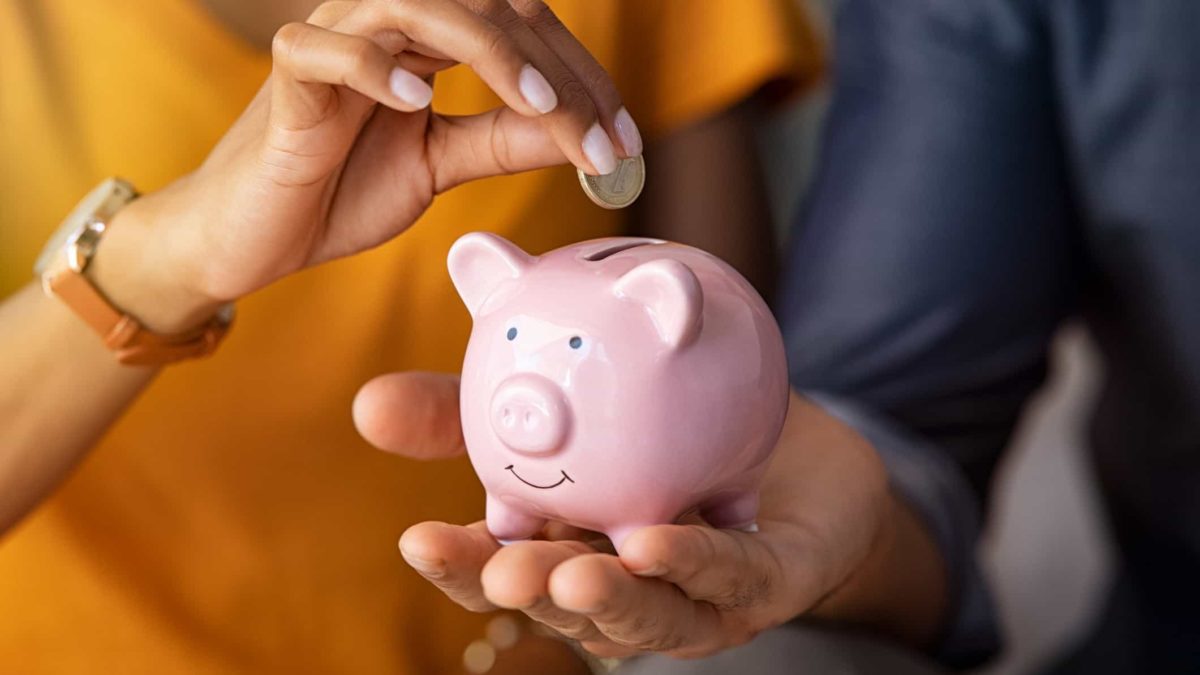In many ways, 2020 has been a year of paradigm shifts when it comes to saving and spending money.
On the one hand, we have had the coronavirus pandemic, which shuttered countless businesses, even entire industries, for months on end earlier in the year. Unemployment spiked, with uncertainties over the future of our economy still with us today.
On the other, 2020 has seen an unprecedented level of government spending in the economy.
Think back to 2019, and the idea of a government-funded employment subsidy of $1,500 a fortnight seemed ludicrous. And yet that's what we've seen this year with the JobKeeper program, which has been credited with saving thousands of jobs during the worst of the lockdowns.
On top of that, we have also seen generous one-off payments to pensioners and other welfare recipients, as well as the coronavirus supplement. This supplement increased the level of money one could expect to receive on the JobSeeker (formally NewStart) unemployment benefit effectively double in 2020.
Most of these programs are being slowly unwound as the economy recovers. But most won't be fully tapered off until March 2021 (which could change in the future, of course).
And on top of all that state-sponsored spending, the federal government also brought forward billions of dollars in tax relief in this year's budget. The 'stage 2' tax cuts that were originally scheduled for FY2022 have now been backdated to FY2021 (from 1 July 2020).
So how are Aussies planning on using these tax cut dollars? Well, a report from wealth manager Colonial First State sheds some light on this matter today.
Spending vs saving
The report has analysed how Australians are planning to spend (or not spend) these tax cut dollars. It makes for interesting reading.
Firstly, the report notes that 57% of the people surveyed do not intend to spend the money at all. They are reportedly more keen to slot the extra dollars away in savings accounts, rather than the 22% who want to spend the extra dosh, perhaps by hitting the Black Friday sales. This is especially true of young people aged between 18-34, and also with women. Apparently, 66% of young Australians want to save this money, against an average of 57%. It also finds that women are 10% more likely than men to try and save the cash as well.
However, the proportion of those persons who want to invest the extra tax money is a lot lower. The report finds that just 17% of those surveyed want to put the extra money towards their mortgage. An even lower figure of 16% plan on investing the money in the share market, and an even lower again 6% want to top up their superannuation funds.
Of the 22% who plan on spending the money, 33% of those people intend to spend it on life's essentials like bills, groceries and insurance. Another 24% plan on going shopping for things like clothes and electronics, whereas 10% are putting it towards the Christmas fund.
Since the intended aim of the tax cuts was to help stimulate the economy through increased spending, the federal Treasurer might not be too keen on the findings of this report.









